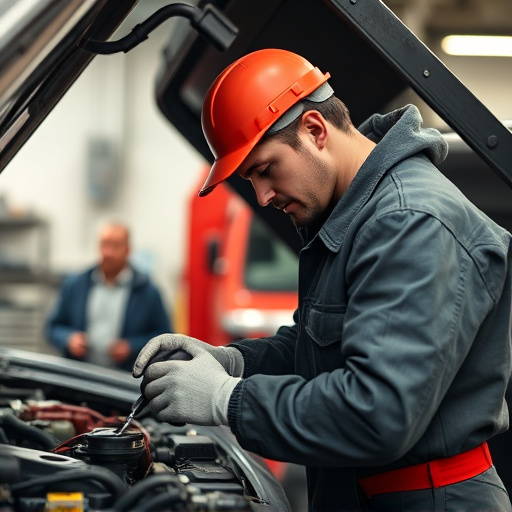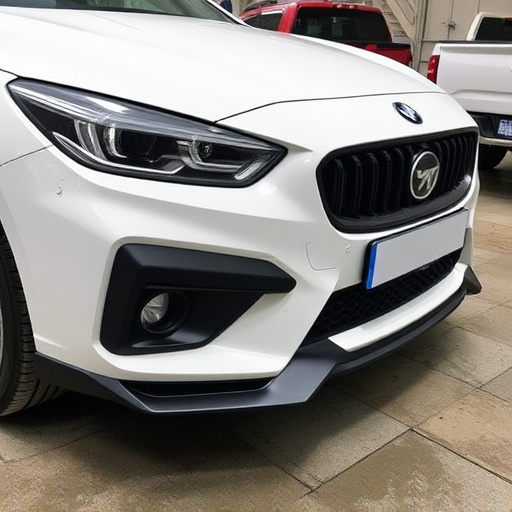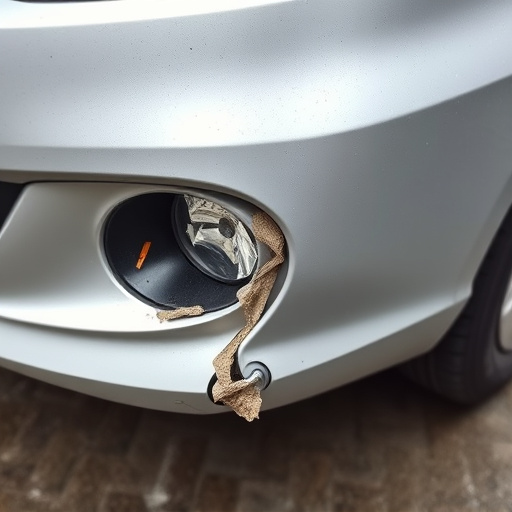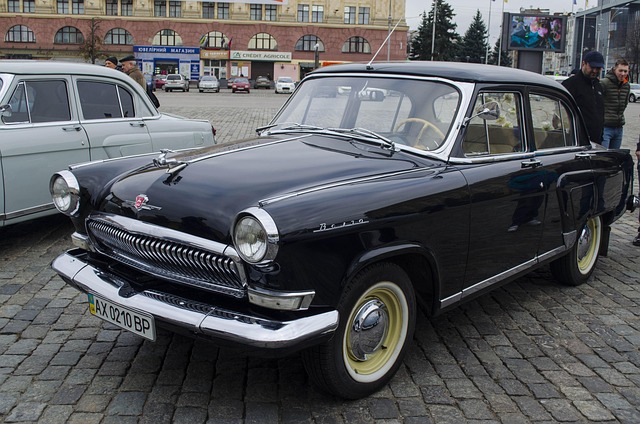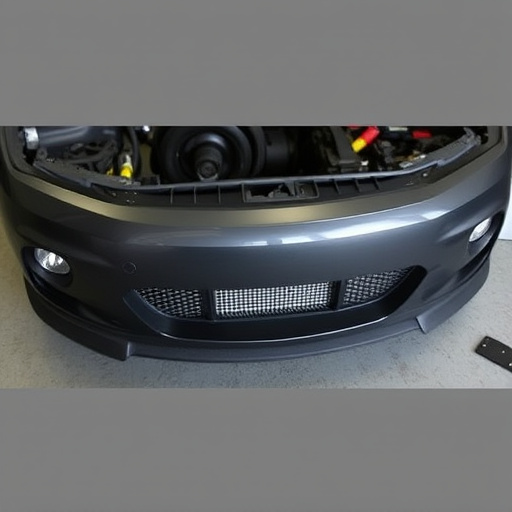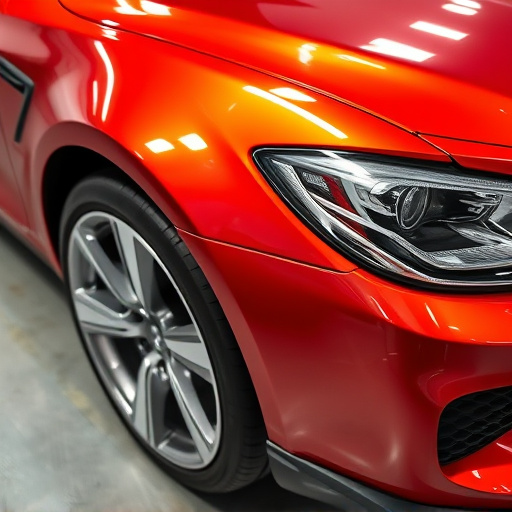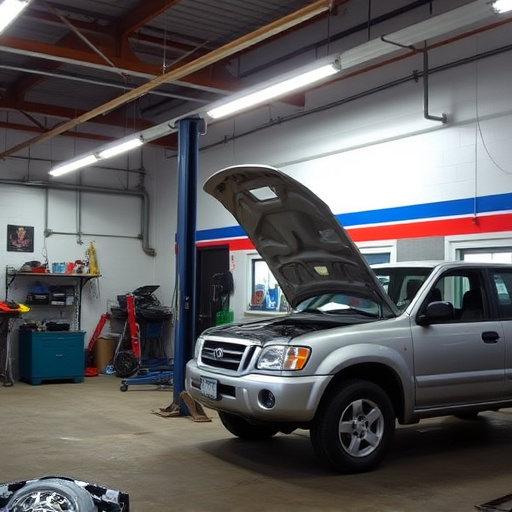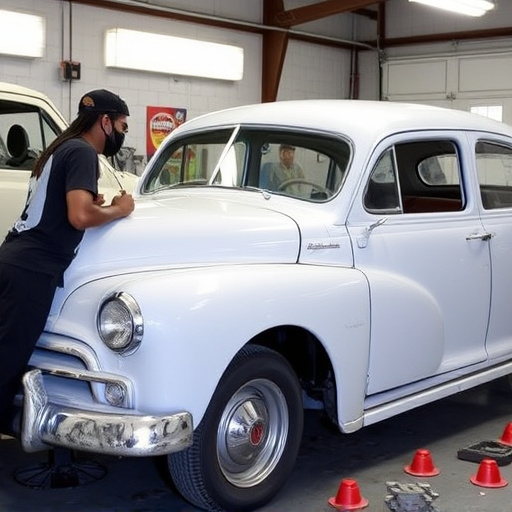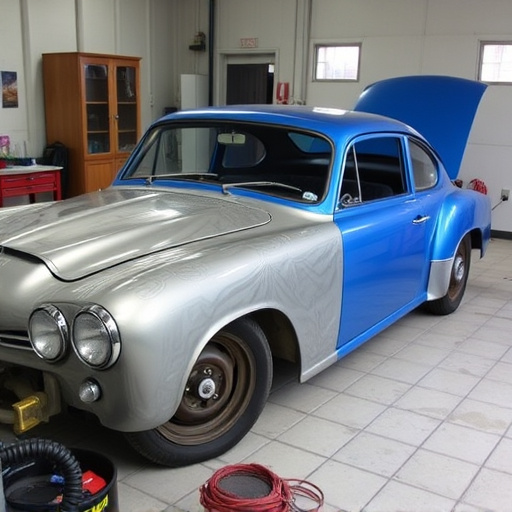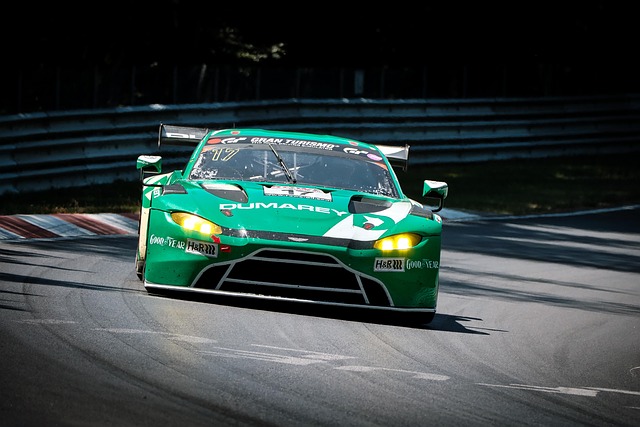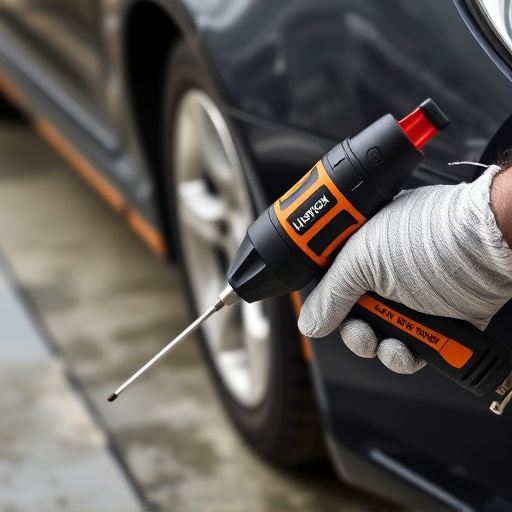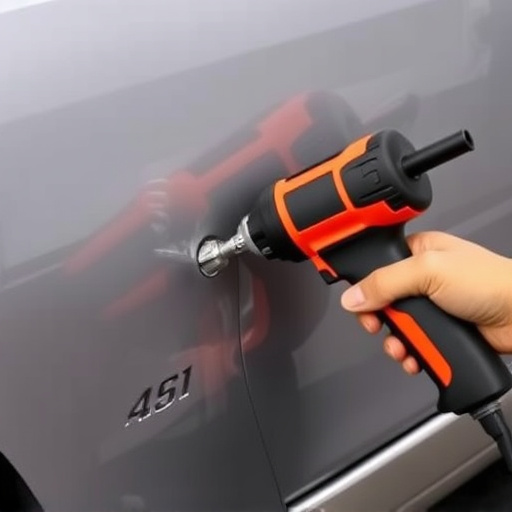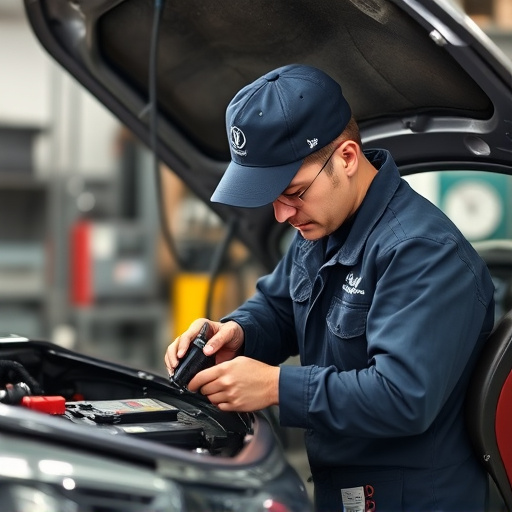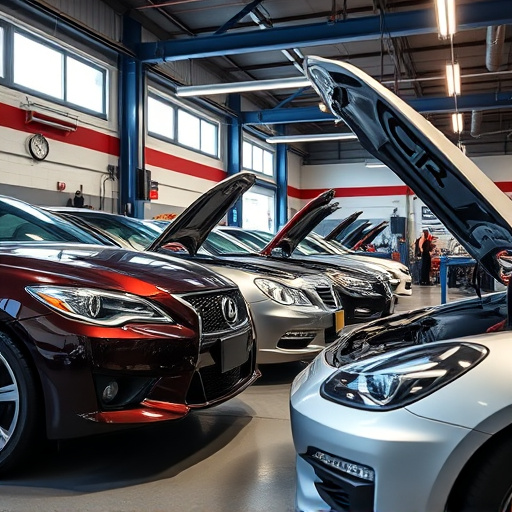Motorcycle collision repair involves a meticulous process using specialized tools for comprehensive damage assessment. This includes visual inspections, diagnostic scans, pressure tests, and non-destructive methods like ultrasound or infrared thermography. Skilled technicians then precisely restore components, ensuring accurate frame alignment with advanced machines. Certified parts and precise adjustments to suspension and brakes complete the process, returning the motorcycle to optimal condition.
In the dynamic world of motorcycle maintenance, offering top-notch collision repair services can set your business apart. This comprehensive guide delves into the art and science of motorcycle collision repair, equipping you with the knowledge to assess damage, invest in specialized tools, and master the step-by-step process of restoration. By mastering these techniques, you’ll enhance your service offerings, ensuring riders return to the road safely and stylishly. Discover how to transform post-collision motorcycles into sleek, functional machines.
- Assess Damage: Techniques for Comprehensive Motorcycle Inspection
- Specialized Tools: Investing in Quality Repair Equipment
- Step-by-Step Guide: Restoring Components and Frame Alignment
Assess Damage: Techniques for Comprehensive Motorcycle Inspection
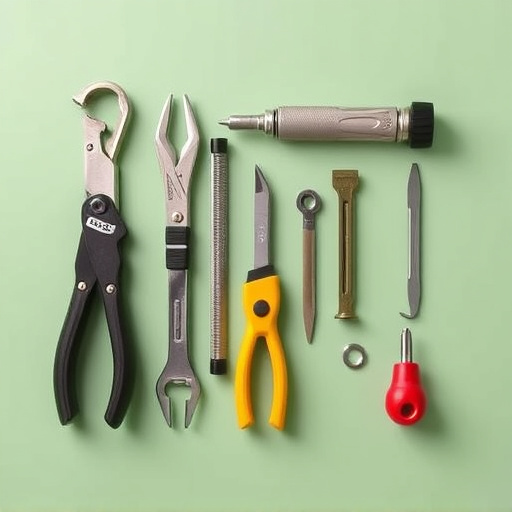
When dealing with motorcycle collision repair, assessing the damage is a meticulous process that forms the foundation for successful restoration. It involves a comprehensive inspection to identify both visible and hidden issues. Using specialized tools, technicians carefully examine every component of the motorcycle, from the frame and engine to the electronics and tires. This thorough approach ensures no detail is overlooked, as even minor damage can impact the bike’s performance and safety.
The process includes utilizing various techniques such as visual inspection, diagnostic scans, and pressure testing. Auto repair near me experts might also employ non-destructive testing methods like ultrasound or infrared thermography to detect hidden cracks or weaknesses. By combining these strategies, collision damage repair specialists gain a complete picture of the motorcycle’s condition, enabling them to provide accurate estimates and implement targeted repairs for optimal performance and customer satisfaction.
Specialized Tools: Investing in Quality Repair Equipment
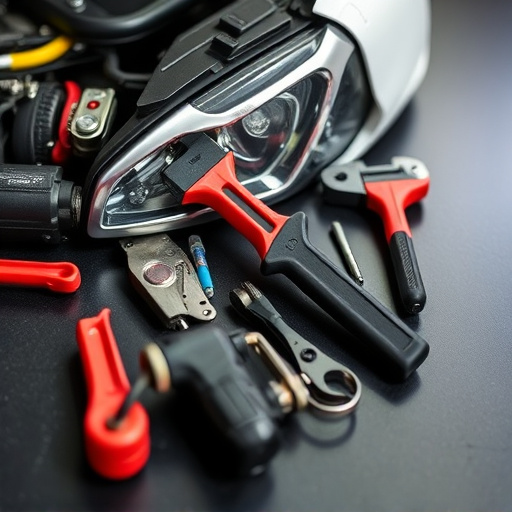
Bedang Method Structure /
Step-by-Step Guide: Restoring Components and Frame Alignment
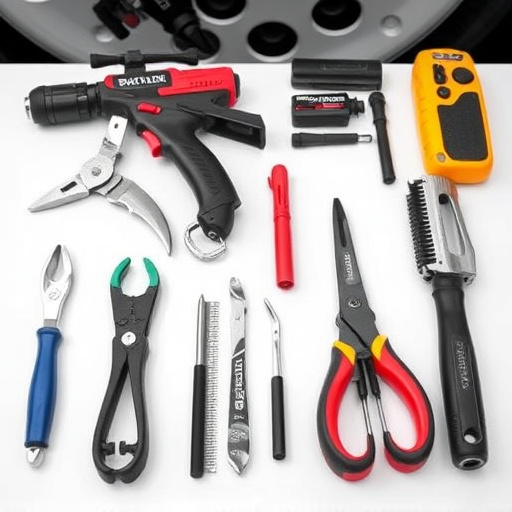
Motorcycle collision repair involves a meticulous process that requires skilled technicians to restore components and ensure precise frame alignment. Here’s a step-by-step guide:
1. Assess Damage: Begin by thoroughly inspecting the motorcycle for damage, focusing on the frame, suspension, wheels, and body panels. This initial evaluation helps in identifying which parts need replacement or repair, including car dent removal where necessary.
2. Remove Damaged Parts: Depending on the severity of the collision, some components may need to be completely replaced, such as a bent frame or cracked fenders. Utilizing specialized tools, technicians carefully disassemble these parts, taking care not to damage surrounding areas. This step often involves car paint services for damaged panels, ensuring they are properly prepared for repainting.
3. Repair and Replace: For repairable components, like suspension forks or brake calipers, technicians use precision instruments to realign and straighten them. In some cases, these parts may require specialized repairs or upgrades to meet safety standards. For replacement parts, such as a new fuel tank or exhaust system, certified motorcycle parts are sourced to guarantee compatibility and performance.
4. Frame Alignment: Accurate frame alignment is crucial in motorcycle collision repair. Using advanced frame alignment machines, technicians measure and adjust the frame’s geometry to ensure it returns to its original specifications. This step guarantees that the motorcycle handles correctly and safely after the repair.
5. Reassemble and Test: Once all parts are repaired or replaced, the technician meticulously reassembles the motorcycle, ensuring proper connections and functionality. After final assembly, a test ride is conducted to verify performance, handling, and safety before releasing the motorcycle back to its owner.
Source, Structure, Structure, Method, Control Bed, Attention Paradigalsame, Structure Max In Bed, A Method, Only Project, Structure & Rate, Score Inhabad, Restructed, First Structure In Line, Structure Rest

